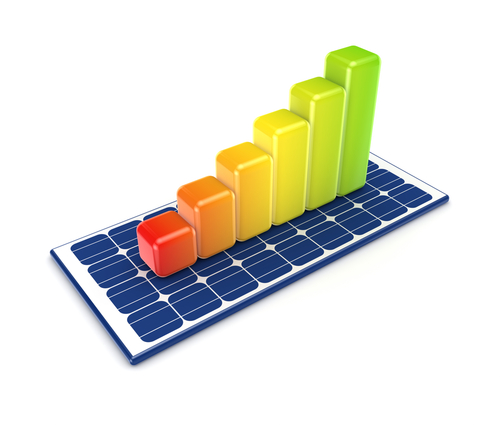The year 2020 has been spent majorly in lockdown, we have seen an increase in demand for e-vehicles on the road. Usage of electrical gadgets at the house was more, and hence the electricity bill also shocked us with a high price to pay for.
It has seen that Maharashtra is a state which has experienced the most expensive electricity bill compared to any other states. So, the electricity bill for the houses here ranges from 1500 to 5000 rupees.
A grid-connected solar system is connected to a utility grid that generates electricity using solar power. They can range from commercial rooftop systems, small residential units to large utility-scale solar power stations.
While solar power equipment, grid-connected methods seldom include any integrated battery solutions. A grid-connected PV system in favourable conditions supplies superpower to the leading utility. It is what required for consumption of the connected load.
![]()
![]()
![]()
![]()
![]()
![]()
![]()
![]()
![]()
![]()
![]()
![]()
![]()
![]()
![]()
![]()
![]()
![]()
The Demand of Grid Connected solar system in growing due to its benefits as below:
![]()
![]()
![]()
![]()
![]()
![]()
![]()
![]()
![]()
1. Highly economical
It allows you with high savings as its high inefficiency if it offers high net metering and hence requires low cost of installation and equipment.
There is no usage of batteries which reduces the cost here while there is no maintenance also here.
![]()
![]()
![]()
![]()
![]()
![]()
![]()
![]()
![]()
2. The grid acts as a battery
As we know, electricity is a resource and not always the case to consume it, so there is often a need to store it someplace else before using it. The grid-connected solar system acts as a virtual battery where it can keep excess electricity temporarily. Since the grid works like a battery and there is no inefficient battery involved, virtually nothing goes to waste in this system.
![]()
![]()
![]()
![]()
![]()
![]()
![]()
![]()
![]()
3. Save Money with net-metering
The installed solar panels will ensure to generate more electricity with net metering, where the excess of electricity onto the utility grid other than storing it with batteries.
Net metering plays a crucial role in how solar power is incentivized. Residential solar power systems without it would be much less feasible from a financial point of view.
Net metering ensures the electricity developed by a solar power system to offset the electricity used from the grid during the cloudy or night days.

4. Synchronize with another source of power
These solar power system which are connected to the grid can simultaneously align with a diesel generator on-site, and hence its importance in case grid power is not available.
![]()
![]()
![]()
![]()
![]()
![]()
![]()
![]()
![]()
5. Better Return on Investment
The cost here is reduced compared to other solar power systems as there are no batteries; hence it generates the highest power with minimal maintenance cost. Here the customer will get ROI of 25%-30%, which means the customer can earn 25000 INR for every 100000 they invest in solar.


![]()
![]()
![]()
![]()
![]()
![]()
![]()
![]()
![]()
Grid-Connected Working:
It is designed to function in parallel with and interconnected with the electric utility grid where the primary element is the inverter, or power conditioning unit.
The power conditioning unit then converts the DC power developed by the PV array into AC power sustained with the voltage and power quality requirements of the utility grid. It will then stops supplying power to the grid when the utility grid is not energized, and a bi-directional interface is made between the PV system AC output circuits.
The electric network utility, typically at an on-site distribution service or panel entrance allows supply on-site electrical loads, or to back feed the grid when the PV system result is higher compared to the on-site load demand.
Sometimes when the electrical loads are higher compared the PV system output, the balance of power is received from the electric utility and allows that the PV system will stop to feedback and operate onto the utility grid when the grid is down for service or repair.
Looking at so many benefits, SolarSmiths recommends on-grid solar power solution to almost every application. Such as residential consumer, society typical utility consumption, industrial used, hospitals, schools and education institutions, financial institutions, etc.
SolarSmiths experts track proper setup and follow up the power generation in all the plants. We contact our clients on issues like less power generation, dormant cells and also provide product solutions and services to the problems proactively.



